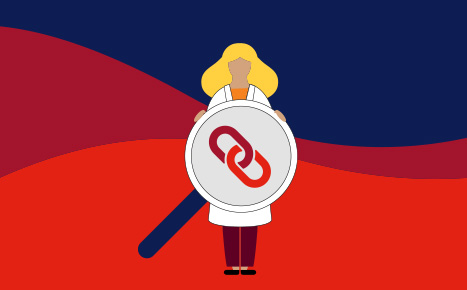Don’t have an account?
Select the donation type you’d like to make
Trending research
Keep up to date with research insights, studies and the latest projects from Lifeblood.
Our milk research team have dug into the records to learn more about these generous women.
14 May 2025
How we're beating the weather to supply safe blood all around Australia, 24 hours a day, 365 days a year.
17 April 2025
Did you know that donating blood is a win for both employees and their employer? Our donor research team looked at why 300 people do or don’t donate blood as part of their workday in a national survey spanning four organisations. Here’s what we found.
We’re making the most of the samples and data that you’ve generously given for research, which will lead to more discoveries and better health for donors and all Australians.
Your blood samples go on a surprisingly complex journey to be part of our biobank.
March 2025 update from the Australian Blood Donor Study
They’re all key to growing blood in the lab! It’s a futuristic concept with amazing potential to save lives. Australian Red Cross Lifeblood researchers are harnessing the latest technology to explore the world of blood grown outside of the body.
Hurstville, New South Wales (NSW) is home to our newest blood donor centre. But why have we chosen to open our doors there? Learn more about how we choose the perfect spots and the role diversity plays in helping find the best blood match for more Aussies.
Haemochromatosis is the most common genetic condition in Australia. The condition causes the body to store dangerously high levels of iron.
Behind the scenes with the team.
Dr Alexis Perros is a research fellow, and she's using genomic techniques and samples from the ABDS biobank to help answer questions about blood group systems and iron storage.
Find out what we’ve found (so far) and what happens next - August 2024
In August 2023 we started giving donors a letter to take to their doctor if their haemoglobin (Hb) levels were low.
Did you know that blood types go beyond A, B, and O? In fact, there are over 350 different blood types, and some of those are more common in people with particular ethnic ancestry.
I couldn’t provide a sample when I was at a donor centre and now I can’t donate, can I still be part of the study?Yes. The blood samples are just one part of the study.
You're viewing 16 of 59 articles
You may also like

Research
World-leading research guides everything we do. See our program, strategy, and meet our researchers.
View our research
About
Know why we give life through breast milk, blood, plasma and more, for world-leading health outcomes.
Find out about us
Microbiome
Find out how Lifeblood is providing life-changing faecal microbiota for transplant.
Know about microbiome
















